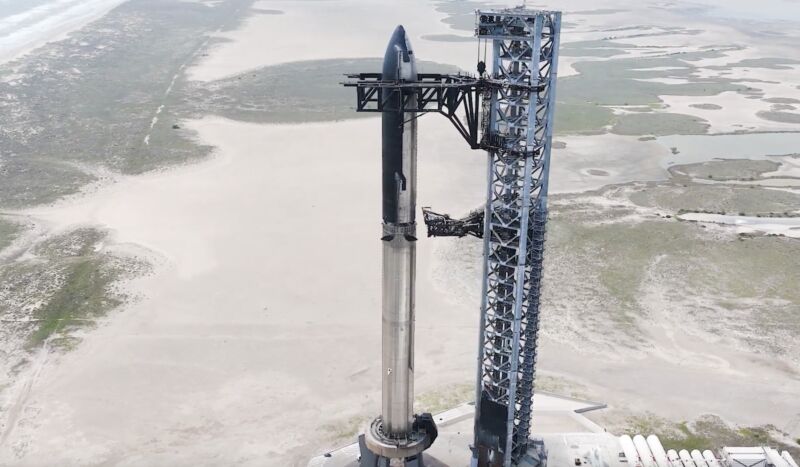Boeing’s Starliner capsule poised for second try at first astronaut flight

Enlarge / Boeing's Starliner spacecraft sits on top of a United Launch Alliance Atlas V rocket at Cape Canaveral Space Force Station, Florida. (credit: NASA/Joel Kowsky)
NASA and Boeing officials are ready for a second attempt to launch the first crew test flight on the Starliner spacecraft Saturday from Cape Canaveral Space Force Station, Florida.
Liftoff of Boeing's Starliner capsuled atop a United Launch Alliance Atlas V rocket is set for 12:25 pm EDT (16:25 UTC). NASA commander Butch Wilmore and pilot Suni Williams, both veteran astronauts, will take the Starliner spacecraft on its first trip into low-Earth orbit with a crew on board.
The first crew flight on a new spacecraft is not an everyday event. Starliner is the sixth orbital-class crew spacecraft in the history of the US space program, following Mercury, Gemini, Apollo, the space shuttle, and SpaceX's Crew Dragon. NASA signed a $4.2 billion contract with Boeing in 2014 to develop Starliner, but the project is running years behind schedule and has cost Boeing nearly $1.5 billion in cost overruns. SpaceX, meanwhile, won a contract at the same time as Boeing and started launching astronauts on the Crew Dragon four years ago this week.





